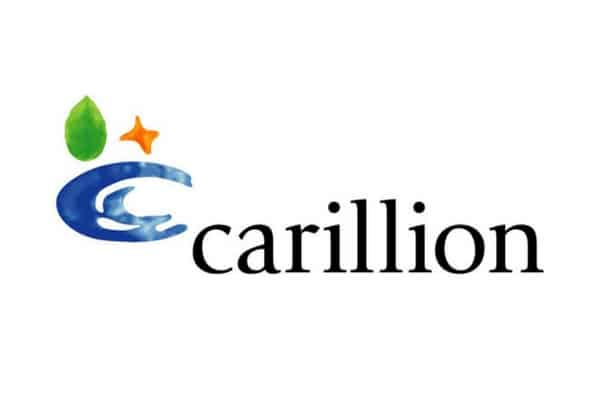If you’re dealing with insolvency, you may be bewildered by the terminology you encounter. What exactly are receivership, administration and liquidation? Which one might offer the best solution for your company?
The three terms are easily confused, even by experienced company directors. So we’ve put together a brief guide to some of the most common vocabulary that you need to know.
The insolvency landscape is certainly a complex one. That’s why it’s essential that if your company is struggling to pay its bills, you seek expert advice as soon as possible.
At Insolvency Support, we can help you explore your options, ease the pressure you’re under, avoid legal action, and give your company the best chance of recovery.
1. Receivership
These days, receivership – properly known as administrative receivership – is relatively rare.
It generally occurs when a company defaults on a loan that is secured by a floating charge, which is a security interest or lien over a fund of changing assets, such as stocks. The holder of that floating charge, such as a bank or other lender, can opt to give control of the company to a receiver, who will be a licensed insolvency practitioner.
The receiver’s objective is to recover the money on behalf of the lender. They could choose to sell company assets, remove directors or staff, or negotiate a Company Voluntary Arrangement (CVA) with creditors.
However, if your company goes into receivership, it’s most likely to end up in liquidation. Even businesses that survive will probably be subject to cuts or other significant changes. So if you’re dealing with insolvency and are facing a threat of receivership, you need to seek expert financial advice urgently.
Thanks to a change in the law, receivership can be used only if your company has securities issued prior to September 2003.
Plus, before appointing a receiver, banks are likely to launch an Independent Bank Review (IBR) of your finances to explore ways you can repay your loan.
2. Administration
Administration is a more common option today for companies who are dealing with insolvency but are potentially still viable.
It involves you and your fellow company directors handing over control of your business to licensed insolvency practitioners acting as administrators. They will decide on the best course of action in your case, which could include selling business assets, agreeing a CVA with creditors, or restructuring your company. The process can last just a few weeks, or could take up to a year.
While your company is in administration, your creditors cannot take legal action against it. So administration can give you a little breathing space, as well as expert external financial support that will hopefully put your company on the path to recovery.
Of course, you also hand over the reins of your business, at least temporarily. You’ll need to let suppliers and customers know about the situation in any correspondence, in order to minimise any reputational damage. The administrators might well make changes you disagree with, or even decide to liquidate your company.
Another term you may encounter is pre-pack administration. If your business is dealing with insolvency but parts of it are still viable, you may be able to place it in administration, form a new company, buy the old company’s assets at fair market value, settle up your debts, and start trading again.
Pre-pack administration can be a good option as it allows you to keep the healthy parts of your business afloat while also paying off your creditors. It is a perfectly legal but very complex insolvency procedure, so it’s essential you get expert advice to make sure it’s the best option for you and your situation.
3. Liquidation
So what is liquidation? It’s the outcome that company directors fear, and understandably so – it spells the end of your business. However, if managed correctly, it could be the most viable – or only – option to ease the pressure you’re under as company director.
There are three forms, but one doesn’t apply if you’re dealing with insolvency: Members’ Voluntary Liquidation is a way to close a solvent company that you don’t want to run any more.
Insolvent companies can choose Creditors’ Voluntary Liquidation (CVL). This entails you putting forward a “winding-up proposal” to your shareholders, and getting the agreement of 75% (by share value). Then you’ll appoint an insolvency practitioner as a liquidator, who will manage the process of selling your assets to repay your creditors and striking off your business from the official Companies House register.
Entering the liquidation process voluntarily has a couple of advantages. It allows you to appoint a liquidator yourself – though their priority will still be paying your creditors. It also means you’re less likely to face charges of wrongful or fraudulent trading. In short, it gives you a degree of control over what is a very sad and difficult event for any company director.
If you don’t opt to liquidate your insolvent business voluntarily, it could face Compulsory Liquidation. If the courts uphold a winding-up petition from your creditors, you’ll be issued with a winding-up order. A liquidator will be appointed to sell your business assets, pay your creditors, and close down your company for good.
You really need to avoid this scenario at all costs. There’s a higher chance that you and your fellow company directors could face charges of wrongful or fraudulent trading, which could result in penalties and prevent you from starting up another business.
For happier outcomes, talk to Insolvency Support as soon as you think your company is dealing with insolvency.
Contact Insolvency Support today
It’s been an unbelievably tough year for company directors, with the Covid-19 pandemic and lockdowns denting the finances of many businesses and jeopardising their future. If your company is dealing with insolvency, you should get expert advice as swiftly as possible.
Insolvency Support can examine your business’ unique situation, and guide you through the options available. This could put your company on the path to recovery, ease the pressure you’re under, and transform directors’ lives.
Contact us today for tailor-made advice.


